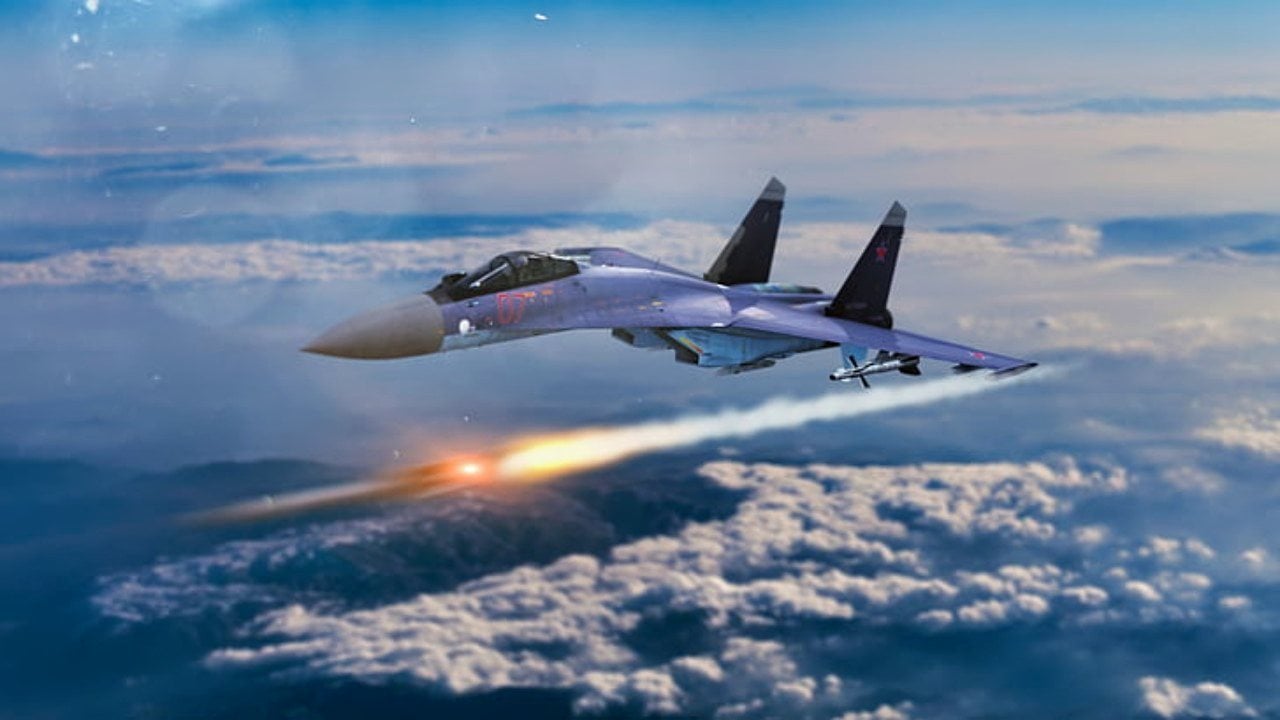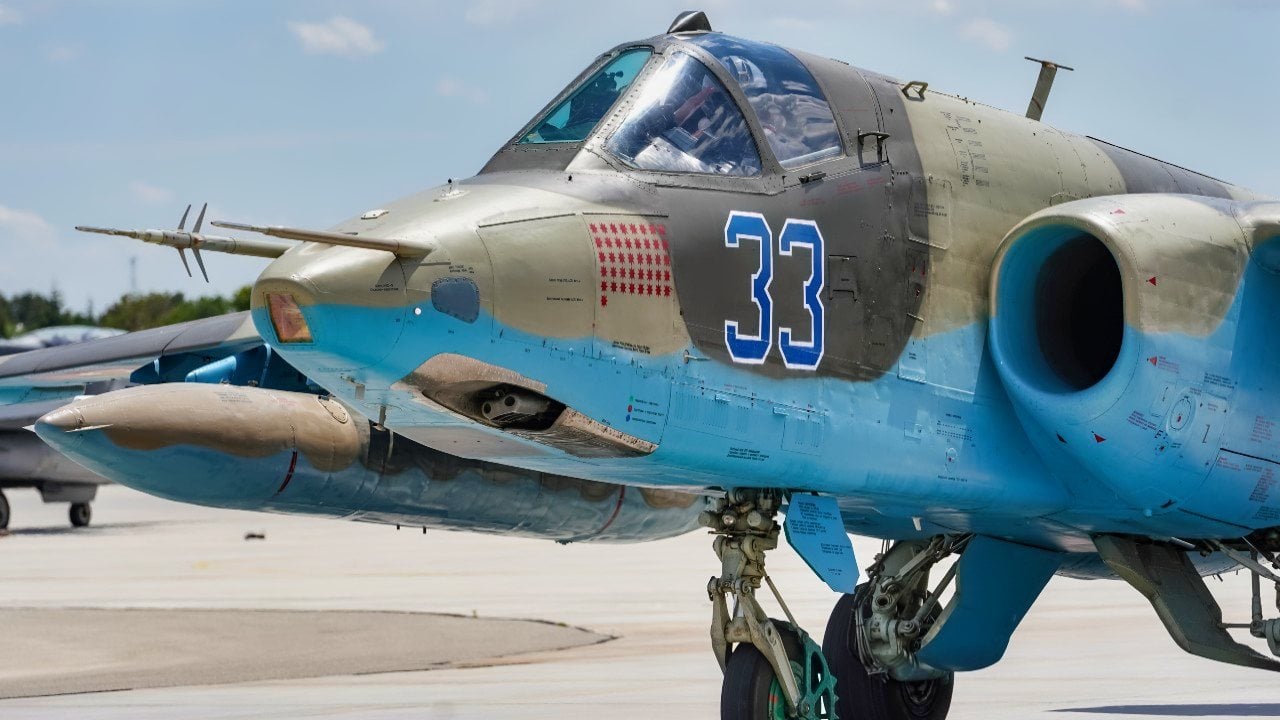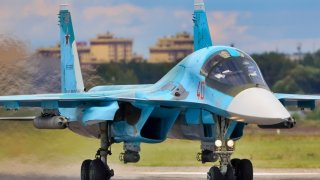Su-34 and S-35s Down: Russian Air Force on the Brink in Ukraine?
The conflict in Ukraine has showcased the vulnerabilities and limitations of some of Russia's most relied-upon military aircraft.
Summary: The conflict in Ukraine has showcased the vulnerabilities and limitations of some of Russia's most relied-upon military aircraft. Ukrainian claims of downing a significant number of Russian planes and helicopters highlight the intense air combat aspect of this conflict, although these claims are hard to independently verify. The focus on the Su-34, Su-35, and Su-25 jets provides a glimpse into the strengths and weaknesses of each model in the current warfare context.
The Russian Air Force Has Drama in Ukraine
Ukrainian officials claim their forces have taken down more than 650 Russian planes and helicopters since the onset of the war. Just last month, Ukraine’s General Staff announced on social media that Ukrainian combatants shot down 10 Soviet-era Russian airframes in 10 days.
While these numbers cannot be independently verified, Moscow is certainly struggling to maintain its already dwindling fleet of military systems. Perhaps the most prominent airframes Moscow deploys in the conflict are Su-34, Su-35, and Su-25 attack jets.
The Su-34
The Su-34 debuted right before the Soviet Union collapsed in the late 1990s, but because of budgetary issues, the airframe did not enter service until 2014.
Designated by NATO as the “Fullback,” this fighter features a platypus nose and side-by side cockpit. Two Saturn AL-31FM1 engines power the jet, enabling it to reach speeds in excess of Mach 1.8. The fighter is also well armed. It can carry Vympel R-27, R-73, and NPO-R-77 missiles.

While Moscow often touts the Fullback, the jet has not lived up to expectations in Ukraine. Analysts predict that Russia has probably lost more than 10% of its total Su-34 fleet to date.
The Su-35
The Su-35 has also performed poorly in Ukraine.
This fourth-generation platform was derived from the Su-27 and has undergone several facelifts over the years to retain an edge over competitors. Designated by NATO as the “Flanker-E,” this jet claims the qualities of a modern fighter, with a wide range of weapons, a more sophisticated electronic warfare system, and reduced radar signature.

The Su-25
The Soviet-designed Su-25 “Frogfoot” first took to the skies nearly half a century ago.
The aircraft is often compared to the American-made A-10. The Frogfoot was lighter and quicker than its U.S. counterpart when first introduced to service, thanks to the R-95Sh non-afterburning turbojets that sit on both sides of the rear fuselage.
Each of these jets arms air-to-air and air-to-ground munitions, including R-3D and KH-23 missiles. Additionally, the fighter features the 30mm AO-17A twin-barrel gun.

This aircraft may be aging, but the Russian air force continues to operate approximately 250 Su-25s, and the Frogfoot came into the conflict already plenty tested in combat. Earlier this month, footage published by Russia’s Ministry of Defense showed a fleet of Su-25s launching rocket strikes from low altitudes in Ukraine.
While Ukraine awaits additional weapons and ammunition shipments from the West, Russia is starting to gain more momentum in its invasion. Its remaining fleet of airframes will likely see more combat in the days ahead.
About the Author: Maya Carlin
Maya Carlin, National Security Writer with The National Interest, is an analyst with the Center for Security Policy and a former Anna Sobol Levy Fellow at IDC Herzliya in Israel. She has by-lines in many publications, including The National Interest, Jerusalem Post, and Times of Israel. You can follow her on Twitter: @MayaCarlin


